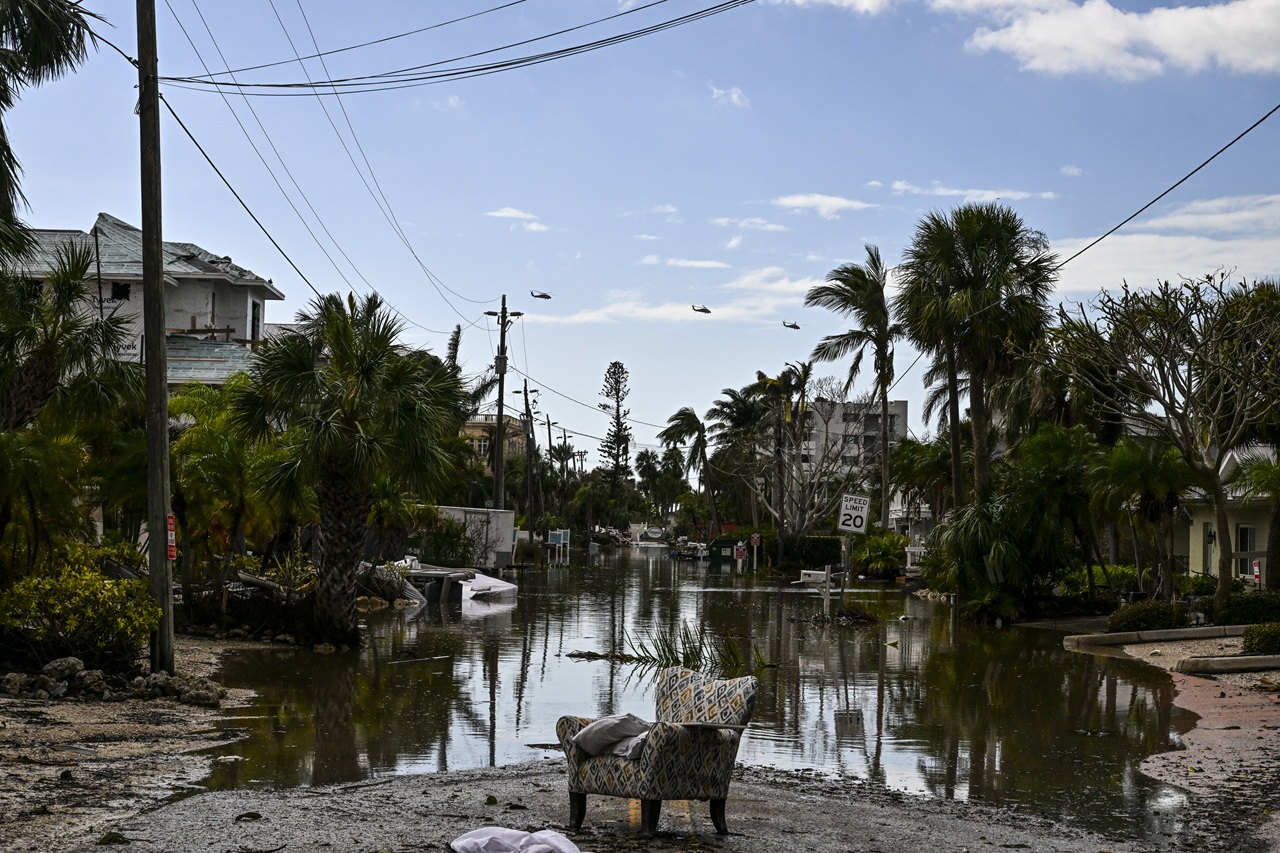Hub of Hope, hub of nope
The program run out of Suburban Station by Project H.O.M.E. loses its lease due to complaints about the homeless people it serves.
The program run out of Suburban Station by Project H.O.M.E. loses its lease due to complaints about the homeless people it serves.
By now you may have heard about the Hub of Hope, a program headed by Project H.O.M.E. that, for the last three years, has used a small space in the Suburban Station concourse to offer much-needed social services to the homeless. Hub did not open its mobile case management center underground this Monday as planned. Now, with near-zero temperatures and Code Blue in effect, there are only days left for the Hub to work out a deal with another landlord and seal their space for this winter — or else lose their necessary location.
Karen Orrick, the Hub of Hope coordinator, says that Project H.O.M.E. has known for months about the leasing issue. The landlord who donated the space to them for three winters had received numerous complaints about the hundreds of homeless people in the concourse each day, and gave ample warning that this winter was likely a no-go for the Hub. Orrick and her team have been considering a number of contingency plans — a street-level model, a mobile RV model — but permits and permissions make any last-minute moves logistically troublesome.
In the meantime, Hub has partnered with the Arch Street United Methodist Church and a student-run shelter that offers beds for twenty men. Hub can offer its case management services from the church’s Arch Street location. If they don’t come to an agreement, this may be the permanent solution.
But that’s a win-win, right? The homeless still get their shelter and services; the commuters, the tax-paying denizens, the inbound tourists and the businesses at the concourse no longer have to deal with the homeless and the problems they bring.
Not quite.
Without a doubt there are some compelling reasons as to why Suburban Station might not be the ideal place for Hub. An employee from Au Bon Pain, located nearby the Hub’s former location, said that this year had been particularly bad because of the homeless. Theft of goods, customer harassment, arguments over seating — it’s suddenly easy to see why some landlords don’t want to encourage a continued presence.
But make no mistake: eliminating the Hub doesn't eliminate homeless in the vicinity. According to Project H.O.M.E., about one-third of the city’s homeless sleep in some part of the concourse during the winter months. What’s not there now are the services that could potentially help them escape the cycle of homelessness.
“One of the major reasons that the concourse was the ideal space is that it’s where people already are,” Orrick said. “A huge underground space where people can find shelter from the elements. There are lots of tunnels. People sleep on the tracks. It’s like a labyrinth beneath the city. Regardless of whether or not we do this winter initiative, people will still be in the concourse.“
Its location was the main reason the Hub was able to help so many. Last year, they saw more than 1,000 homeless people in over 6,000 visits, all from a tiny out-of-the-way shop space that used to be a hair salon. They operated all day long connecting homeless individuals with case management workers from all over the city. In the Arch Street United Methodist Church, their hours are limited to early in the morning before 9 a.m., and then appointment-only sessions late in the evening. Moreover, this plan still requires Hub to keep outreach workers in the concourse as liaisons to the United Methodist Church on Arch Street — because, as Orrick said, the homeless aren’t there because of the Hub, but in spite of it.
Both the program and the location worked for the police, too. For the last three winters, instead of kicking the homeless in the concourse out into the cold, they could give them an option of going to the Hub of Hope. Its ease of access made it an easy, comfortable choice. Helen Ubiñas from the Philadelphia Daily News pointed out the sad irony of the Hub’s current status. But more cruel in its irony than the Hub’s homelessness is that, last year, SEPTA Transit Police received a $40,000 grant to study successful practices between their transit agency and social service programs. The Hub was meant to be the primary subject of the study, a SEPTA Transit Police spokesman confirmed today. Now they’ll have to look elsewhere.
Perhaps the most compelling testament to the Hub’s success in Suburban Station is that it understands chronic homelessness.
“What the hub did was helped connect people, and then really target people who are resistant to seeking help,” Orrick said. “What happens now, and for the rest of winter if we don’t find a space, is a lot more inefficient.”
On Wednesday night, Project H.O.M.E. had several teams working street-level outreach. Orrick and some of her colleagues received a response call to a CVS in South Philadelphia to search for a man that had come to the Hub last winter. He is chronically homeless, always in and out of shelters. It took nearly two hours for them to track him down, convince him to accept some case management services and housing for the night. Orrick was struck by how inefficient it was to get this one person. At the Hub, they all just came in.
Rob Wetherington, a community integration coordinator at Pathways to Housing PA, has been working with the chronically homeless for four years. Part of his job is to do exactly what Orrick and her team are now doing, to track down the most resistant and volatile individuals and bring them into housing. While a large number of these individuals have drug and alcohol dependencies, Wetherington says that’s not the main thing preventing them from getting off the streets for good.
“The two most important factors are trust and consistency,” he said. “There is always another program or organization to help get you clean, to get you a check, or get you into this house or that apartment. Most of these people have spent their whole lives in programs. Yet still, without a doubt, they get burned over and over again.”
The chronically homeless have been through every program, and the model just doesn’t fit for them, Wetherington said. But what does work in his opinion is a consistent venue — the drop-in center.
“That puts the power and the dignity back in their hands to choose where they want to go. And it’s always there for them, it’s a place they know and they’re comfortable with. It’s warm. It’s safe.”
The Hub isn’t the only example of this type of drop-in center that has proved effective for the chronically homeless. Saint John’s Hospice runs a nightly “coffee house” for such at-risk homeless men. The coffee allows them to come in, to ease their nerves, and then they can decide on their own accord if and how to seek help.
As of this morning, Suburban Station bore all of its usual commotion — businessmen, street musicians, transit police, and homeless people. A police officer checked the pulse of a man wearing a hospital bracelet who lay motionless on a bench. At the Metro Market leasing center, Stephanie Thomas informed AL DÍA that there are no suitable spaces left to lease to Hub. But she and other parties are working to ensure that if not in the concourse space, the Hub has a home as nearby as possible.










LEAVE A COMMENT: